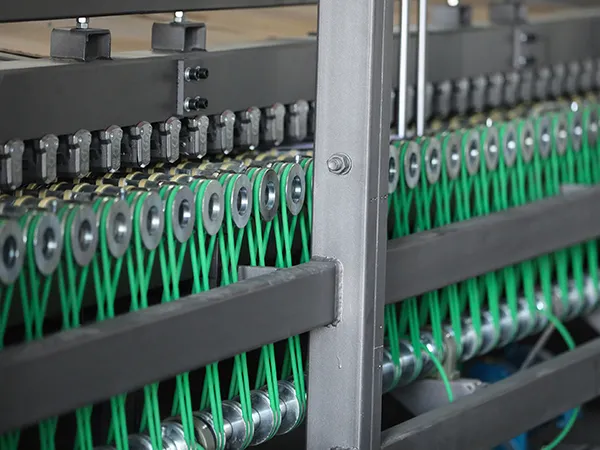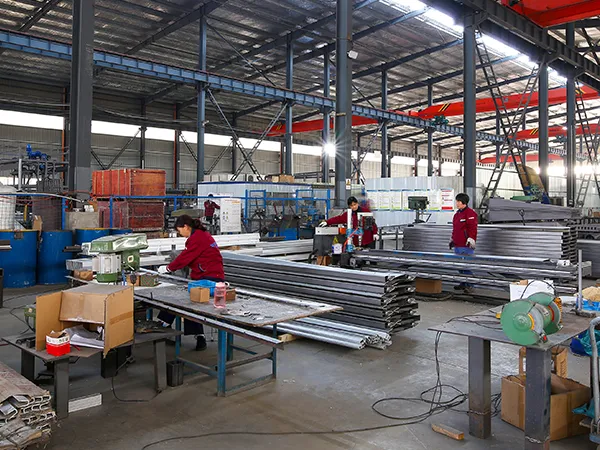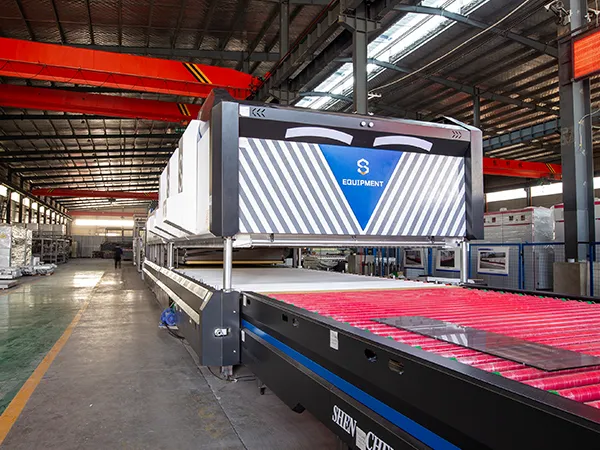The price of a glass tempering furnace can vary dramatically depending on a number of factors. It's a significant investment, and understanding the price range and the variables impacting it is crucial.
Glass Tempering Furnace Price

Small, batch-type furnaces (for small-scale production or labs): Can range from $50,000 to $200,000 USD. These are generally for smaller glass sizes and lower production volumes.
Medium-sized, continuous furnaces: Typically range from $200,000 to $800,000 USD. These offer higher throughput and are suitable for medium-sized glass fabrication shops.
Large, high-capacity continuous furnaces (for industrial production): Can range from 800,000 to several million USD(1,000,000 - $5,000,000+). These are designed for high-volume, 24/7 operation and larger glass sizes.
Key Factors Affecting the Price

Size and Capacity:
Glass Size: The maximum dimensions of the glass that the furnace can temper are a primary price driver. Larger glass requires a larger furnace, more heating elements, and a more robust cooling system.
Production Volume/Throughput: How many sheets of glass can the furnace temper per hour or per day? Higher capacity furnaces are more expensive. Continuous furnaces generally have higher throughput than batch-type furnaces.
Type of Furnace:
Batch vs. Continuous: Batch furnaces temper glass in discrete batches, while continuous furnaces have glass continuously moving through the heating and cooling zones. Continuous furnaces are more expensive but offer higher productivity.
Horizontal vs. Vertical: Horizontal furnaces are more common and versatile. Vertical furnaces are often used for specific applications (like tempering very long glass panels) and can have specialized price implications.
Roller Hearth vs. Air Floatation: This refers to how the glass is transported through the furnace. Roller hearth furnaces use rollers, while air floatation furnaces use air jets to support the glass. Air floatation is generally used for thinner glass to prevent distortion and can add to the cost.
Technology and Features:
Heating System: The type of heating elements (resistance, convection, radiation, or a combination) affects the price. Advanced heating systems with better temperature control and energy efficiency will be more expensive.
Cooling System (Quench): The design and efficiency of the cooling system are crucial for proper tempering. Advanced quench systems with precise air control and uniform cooling will increase the cost.
Control System: Sophisticated control systems with advanced monitoring, automation, data logging, and remote access capabilities will add to the price. PLC (Programmable Logic Controller)-based systems are common.
Energy Efficiency: Furnaces with energy-saving features (like insulation, efficient heating elements, and optimized cooling) may have a higher initial cost but can save money in the long run.
Manufacturer and Brand:
Reputation and Experience: Established manufacturers with a proven track record of reliability and performance tend to charge more. Consider the manufacturer's support and service capabilities.
Country of Origin: Furnaces from certain countries (e.g., Western Europe, North America) are often perceived as being of higher quality and may come with a higher price tag than those from other regions (e.g., China). However, this is not always the case and depends on the specific manufacturer.

Automation Level:
Manual Loading/Unloading vs. Automated Systems: Automated loading and unloading systems can significantly increase the price but can also improve efficiency and reduce labor costs.
Robotics: Integration of robots for glass handling can further increase the cost.
Customization:
Specific Requirements: If you need a furnace with specific features or tailored to handle a particular type of glass or application, the price will likely be higher.
Installation and Training:
Included in the Price: Some manufacturers include installation and training in the purchase price, while others charge extra. Factor these costs into your overall budget.
Warranty and Service:
Extended Warranty: An extended warranty can provide peace of mind but will add to the cost.
Service Agreements: Regular maintenance and service are essential for the long-term performance of the furnace. Consider the cost of service agreements.
Used vs. New:
Used Furnaces: Purchasing a used furnace can save money, but it's essential to carefully inspect the furnace and assess its condition. Consider the potential for repairs and upgrades.
Getting a precise price requires contacting furnace manufacturers or suppliers and providing them with detailed specifications regarding your glass size, production volume, and other requirements. Obtain multiple quotes and carefully compare the features, performance, and warranty terms before making a decision. Consider the total cost of ownership, including installation, training, maintenance, and energy consumption, rather than just the initial purchase price.







